Hawzhin Mohammed
Dynamic Distribution of Edge Intelligence at the Node Level for Internet of Things
Jul 13, 2021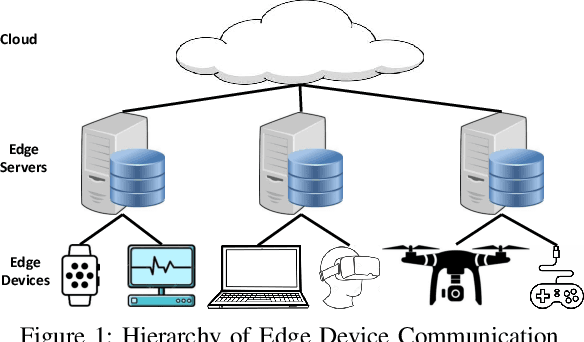
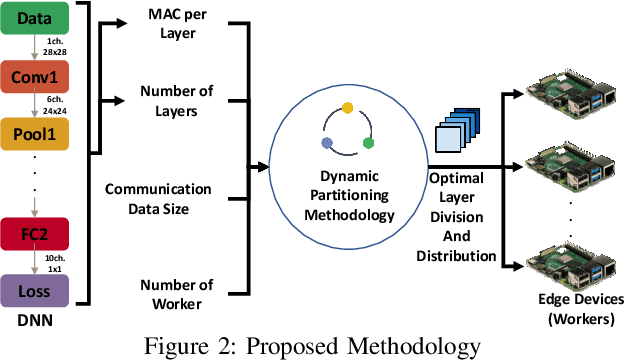
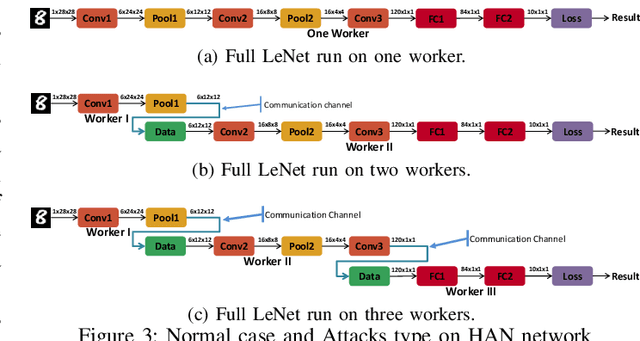
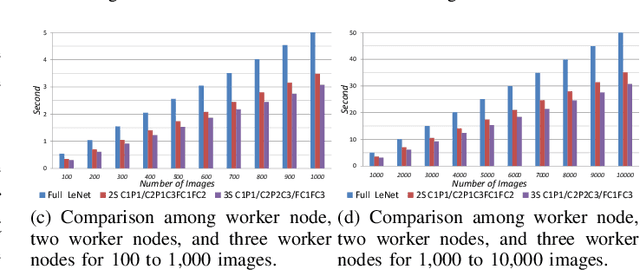
Abstract:In this paper, dynamic deployment of Convolutional Neural Network (CNN) architecture is proposed utilizing only IoT-level devices. By partitioning and pipelining the CNN, it horizontally distributes the computation load among resource-constrained devices (called horizontal collaboration), which in turn increases the throughput. Through partitioning, we can decrease the computation and energy consumption on individual IoT devices and increase the throughput without sacrificing accuracy. Also, by processing the data at the generation point, data privacy can be achieved. The results show that throughput can be increased by 1.55x to 1.75x for sharing the CNN into two and three resource-constrained devices, respectively.
FeSHI: Feature Map Based Stealthy Hardware Intrinsic Attack
Jun 13, 2021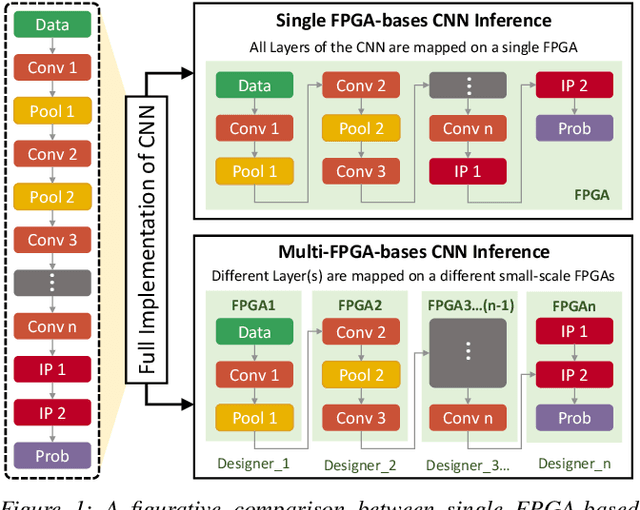

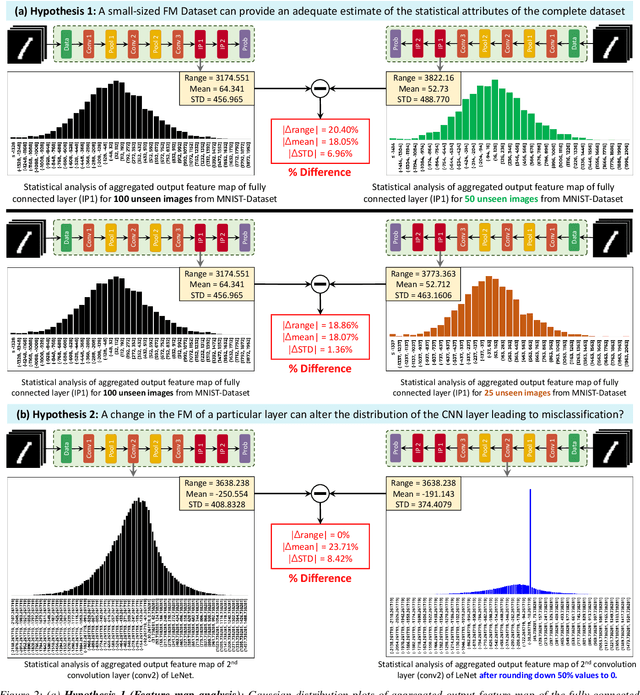

Abstract:Convolutional Neural Networks (CNN) have shown impressive performance in computer vision, natural language processing, and many other applications, but they exhibit high computations and substantial memory requirements. To address these limitations, especially in resource-constrained devices, the use of cloud computing for CNNs is becoming more popular. This comes with privacy and latency concerns that have motivated the designers to develop embedded hardware accelerators for CNNs. However, designing a specialized accelerator increases the time-to-market and cost of production. Therefore, to reduce the time-to-market and access to state-of-the-art techniques, CNN hardware mapping and deployment on embedded accelerators are often outsourced to untrusted third parties, which is going to be more prevalent in futuristic artificial intelligence of things (AIoT) systems. These AIoT systems anticipate horizontal collaboration among different resource-constrained AIoT node devices, where CNN layers are partitioned and these devices collaboratively compute complex CNN tasks Therefore, there is a dire need to explore this attack surface for designing secure embedded hardware accelerators for CNNs. Towards this goal, in this paper, we exploited this attack surface to propose an HT-based attack called FeSHI. This attack exploits the statistical distribution i.e., Gaussian distribution, of the layer-by-layer feature maps of the CNN to design two triggers for stealthy HT with a very low probability of triggering. To illustrate the effectiveness of the proposed attack, we deployed the LeNet and LeNet-3D on PYNQ to classify the MNIST and CIFAR-10 datasets, respectively, and tested FeSHI. The experimental results show that FeSHI utilizes up to 2% extra LUTs, and the overall resource overhead is less than 1% compared to the original designs
How Secure is Distributed Convolutional Neural Network on IoT Edge Devices?
Jun 16, 2020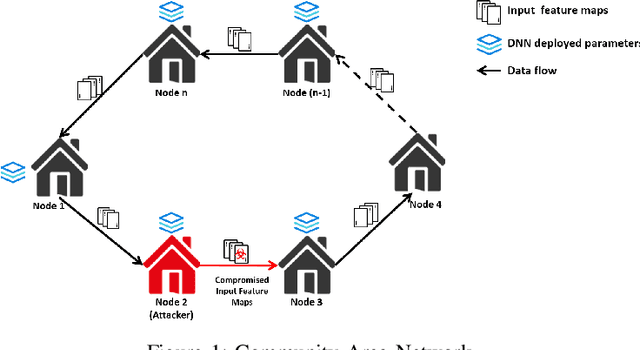

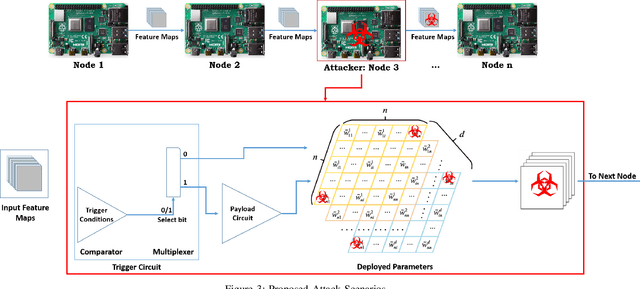
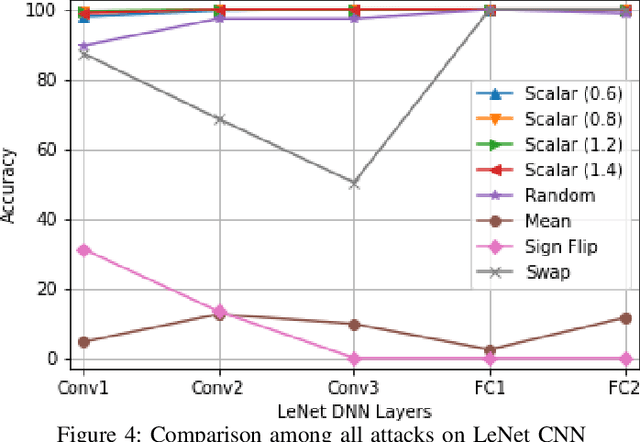
Abstract:Convolutional Neural Networks (CNN) has found successful adoption in many applications. The deployment of CNN on resource-constrained edge devices have proved challenging. CNN distributed deployment across different edge devices has been adopted. In this paper, we propose Trojan attacks on CNN deployed across a distributed edge network across different nodes. We propose five stealthy attack scenarios for distributed CNN inference. These attacks are divided into trigger and payload circuitry. These attacks are tested on deep learning models (LeNet, AlexNet). The results show how the degree of vulnerability of individual layers and how critical they are to the final classification.
 Add to Chrome
Add to Chrome Add to Firefox
Add to Firefox Add to Edge
Add to Edge